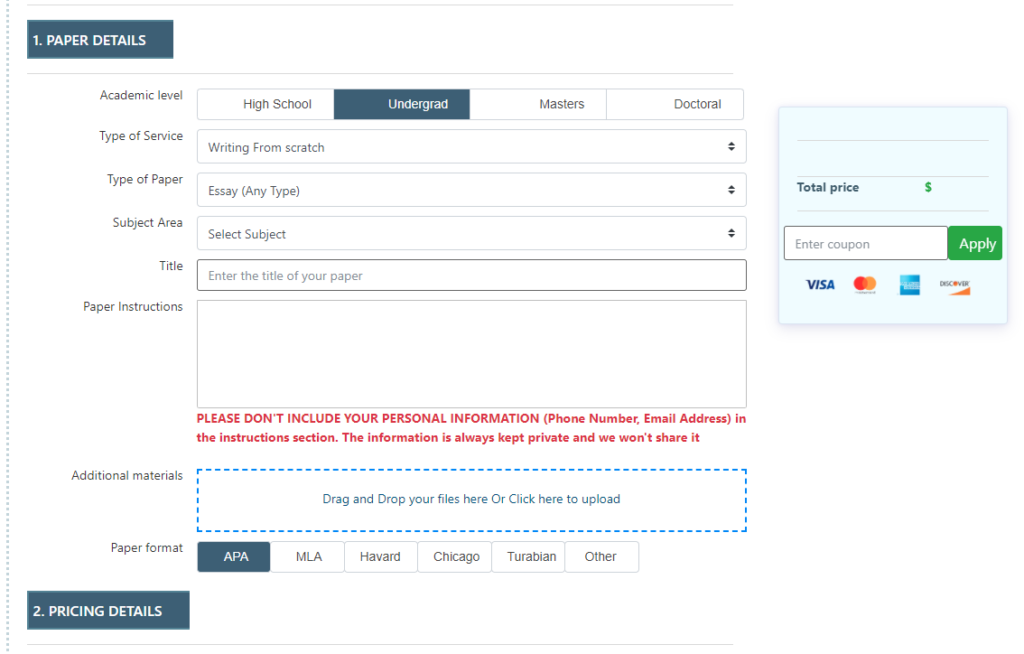Write a 1,500-1,750-word paper that presents an exegesis of Mark 10:32-45. Your paper must address the following:
- Walk through the exegetical process of the textbook, “Chapter 5: Understanding the Gospels Today” subsections “An Approach to Exegesis of the Gospels” up to “Essay Topics.”
- Introduce briefly historical details of Mark and his gospel. Be sure to include information regarding the author, date of writing, place of writing and recipients, historical/church issues, and purpose.
- Where does this episode fit among the major periods of Jesus’s ministry as seen in Mark?
- Why is this story in the Gospel of Mark, and why is it included at this point?
- Compare and contrast with Matthew’s and Luke’s parallel accounts.
- Compare Jesus’s depiction of what will happen to the Son of Man with the messianic expectations of the disciples. How is Jesus a different kind of king?
- What does this tell us about Jesus and what he came to accomplish?
- What does this tell us about the nature of discipleship and life in the Kingdom of God?
Support your position by referencing at least three to four academic resources (non-course sources from the GCU Library), in addition to the Bible and the course resources. Incorporate the research into your writing in an appropriate, scholarly manner.
Prepare this assignment according to the guidelines found in the APA Style Guide, located in the Student Success Center.
Summary of Historical Facts assessment
Summary of Historical Facts
Criteria Description
Summary of the key historical facts about Mark, which includes information regarding the author, date of writing, place of writing and recipients, historical/church issues, purpose, and the exegetical process as outlined in the textbook
5. Target
The summary of the key historical facts about Mark is clear, thorough, and insightful. The summary includes information regarding the author, date of writing, place of writing and recipients, historical/church issues, and purpose, and includes the exegetical process as outlined in the textbook.
Major Periods of the Ministry of Jesus
Criteria Description
Examination of the episode within the context of the ministry of Jesus as seen in Mark, which includes why this episode is included at this point in the Gospel of Mark, and a comparison of this episode within the gospels of Matthew and Luke
5. Target
The paper clearly, thoroughly, and insightfully examines the episode within the context of the ministry of Jesus as seen in Mark. The examination includes why this episode is included at this point in the Gospel of Mark and an in-depth comparison of this episode within the gospels of Matthew and Luke.
Significant Ideas of Who Jesus Is and Being a Disciple of Jesus
Criteria Description
Examination of how the episode reveals the nature of Jesus, including a comparison of the depiction of Jesus of what will happen to the Son of Man with the messianic expectations of the disciples, what Jesus came to accomplish, and the nature of discipleship and life in the Kingdom of God
5. Target
The paper clearly, thoroughly, and insightfully examines how the episode reveals the nature of Jesus. The examination includes a comparison of the depiction of Jesus of what will happen to the Son of Man with the messianic expectations of the disciples, what Jesus came to accomplish, and the nature of discipleship and life in the Kingdom of God.
Thesis, Position, or Purpose
Criteria Description
Communicates reason for writing and demonstrates awareness of audience.
5. Target
The thesis, position, or purpose is clearly communicated throughout and clearly directed to a specific audience.
Development, Structure, and Conclusion
Criteria Description
Argument Logic and Construction
5. Target
The thesis, position, or purpose is logically advanced throughout. The progression of ideas is coherent and unified. A clear and logical conclusion aligns to the development of the purpose.
Evidence
Criteria Description
Selects and integrates evidence to support and advance position/purpose; considers other perspectives.
5. Target
Specific and appropriate evidence is included. Relevant perspectives of others are clearly considered.
Mechanics of Writing
Criteria Description
Includes spelling, capitalization, punctuation, grammar, language use, sentence structure, etc.
5. Target
No mechanical errors are present. Appropriate language choice and sentence structure are used throughout.
Format/Documentation
Criteria Description
Uses appropriate style, such as APA, MLA, etc., for college, subject, and level; documents sources using citations, footnotes, references, bibliography, etc., appropriate to assignment and discipline.
5. Target
No errors in formatting or documentation are present.







